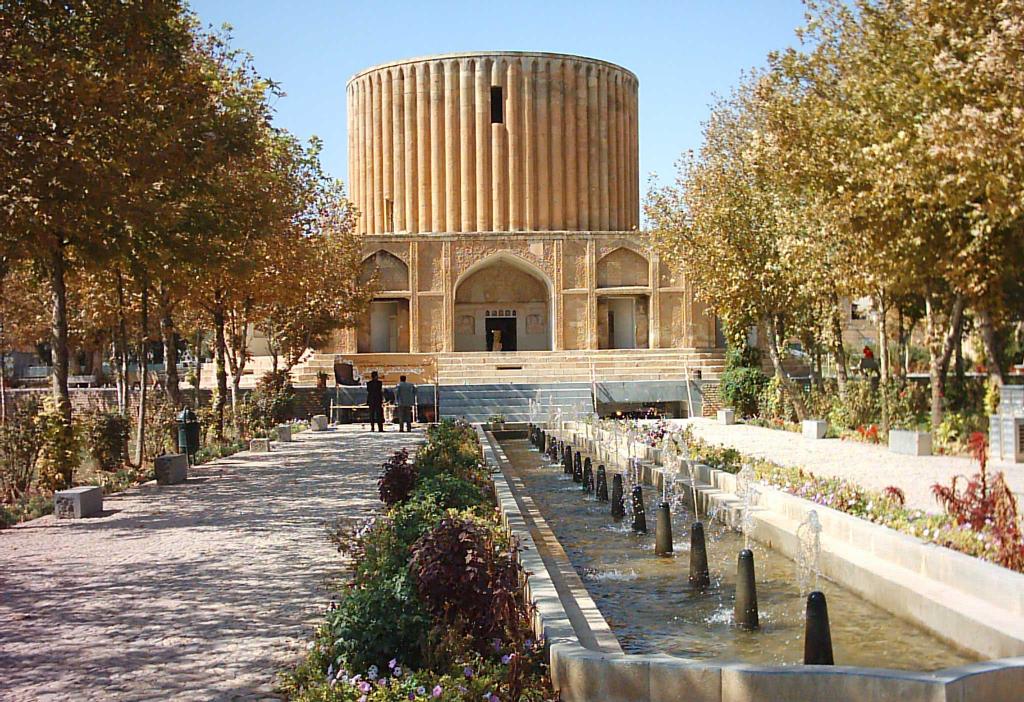An ancient graveyard was discovered in the suburb of Bojnurd, capital of North Khorasan Province, CHTN quoted public relation office of the provincial ICHHTO (Iran’s Cultural Heritage, Handicrafts and Tourism Organization) as stating.
The discovery was made when police commissioned constructional works in Pardis complex, also called Tappe-Eshq, northeast of Bojnurd.
The graveyard dates back to 4,200 years ago, indicating that there were pre-historic settlements on the Bojnurd plains. It also provides evidence of deep cultural ties between north and south of Koppeh Dagh or Kopet Dagh, the Turkmen-Khorasan mountain range, southeast of the Caspian sea, extending 650 km on the border dividing modern day Iran from Turkmenistan.
Between 1955 and 1962 archeologists V.M. Masson, I.N. Khlopin, and Viktor Sarianidi carried out numerous excavations of Neolithic sites in South Turkmenistan, including Jietun in Geoksur Oasis.
The Greek Russian archaeologist, Gonurtepe believes that approximately 60 km north of Mary, Turkmenistan, the capital or imperial city of highly evolved Bronze Age state may have once existed, that spread out, encompassing hundreds of satellite settlements, including the one identified through the discovery of the graveyard near Bojnurd.
Findings from the Central Asian archaeological sites suggest Gonurtepe was inhabited by Indo-Iranian people between 3rd and 2nd millennia BC, and may have been the birthplace of Zoroastrianism, according to Russian archeologists. Evidence of Zoroastrian religious rites have been discovered throughout the sites, including the practice of sheep sacrifice, and temples dedicated to fire and water and drinking of soma/haoma.
The cultural heritage deputy of the provincial ICHHTO Ali-Akbar Vahdati believes, the discovery of Bojnurd ancient graveyard bears evidence which further reinforces the theory that Zoroastrianism originated in prehistoric times.
The history of Bojnurd’s settlement was thought to date back to Islamic era. However, the graveyard reveals that the region may have been the origin of many Iranian ethnic groups, Vahdati said.
The region has yielded many traces of tangible and intangible cultural exchanges with the lands beyond the Koppeh dagh mountains.


